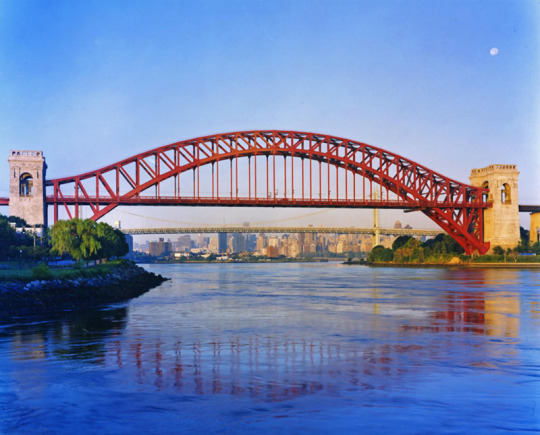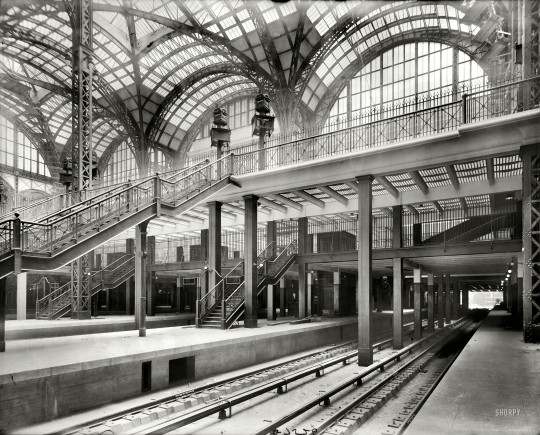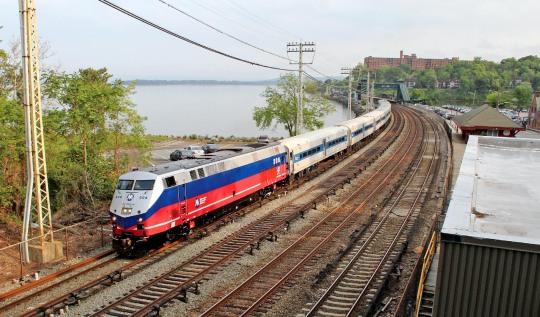#New Haven Railroad
Explore tagged Tumblr posts
Text

New York City, NY April 13, 1986
#commuter train#mncr#metro north commuter railroad#mta#metropolitan transportation authority#ctdot#connecticut department of transportation#nynh&h#new haven railroad#1986#new york city#trains#passenger train#history#manhattan#new york
28 notes
·
View notes
Text

NH train, engine number 1397, engine type 4-6-2 Passenger train; 5 cars, 35 MPH. Photographed: at New Haven, Conn., August 18, 1937.
66 notes
·
View notes
Text



It has been a while since I made an electric locomotive, that being the Great Northern W-1 I made back in November 2024. So I wanted to get back into doing electric builds with my own take of the New Haven EP-5 "Jet".
#Minecraft#Minecraft Build#Minecraft Build Showcase#New Haven#New York New Haven and Hartford Railroad#New York New Haven and Hartford#New Haven Railroad#NH#EP-5#New Hwven EP-5#Electric Locomotive#Trains
5 notes
·
View notes
Text

Greet 1953 in Times Square!
The Day - Dec 23, 1952
7 notes
·
View notes
Text
Poughkeepsie Crossing
On a foggy evening last week, Kris and I visited the waterfront park at Highland Landing, New York along the west shore of the Hudson River. With my Z7-II firmly mounted on my now antique Bogen tripod, I made a series of time exposures of the famous former New Haven Railroad Poughkeepsie Bridge. The year 2024 will mark a half century since a fire on this mightly span ended railroad service over…

View On WordPress
2 notes
·
View notes
Text

1953
#1953#vintage ads#vintage advertising#vintage ad#vintage advertisement#railroad#trains#vintage trains#new haven railroad
1 note
·
View note
Photo
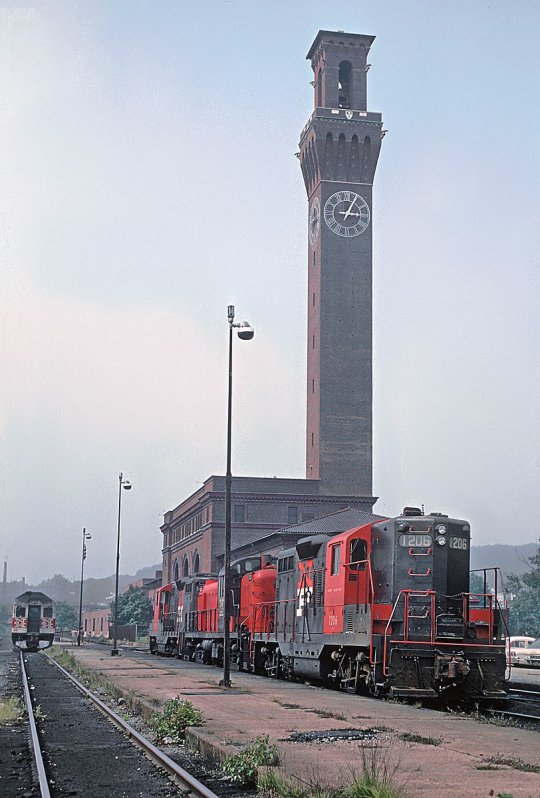
155 notes
·
View notes
Text

A Baltimore and Ohio Railroad freight car standing at the Harlem River Yards, 1946.
Photo: Gordon Parks via the Gordon Parks Foundation
#vintage New York#1940s#Gordon Parks#railroad#freight car#Bronx#Mott Haven#b&w photography#Harlem River Yards
60 notes
·
View notes
Note
Vent to me about trains if ya like :3
YAY :D
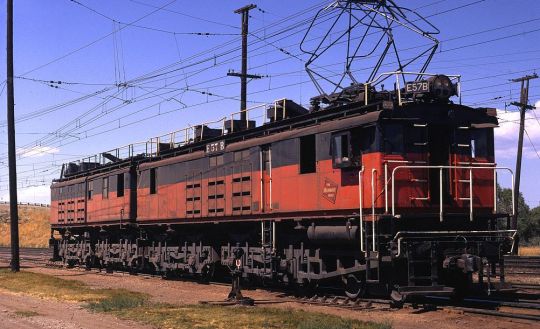
So the Milwaukee Road was the First Railroad to use the use 3000 Volt DC power for any significant stretches of Electrification in 1915 (it was adopted by South African Railways in 1925, Cleveland Union Terminal (under the New York Central Railroad), the Soviet Union in 1930, the Delaware Lackawanna and Western Railroad in 1930, Italy in 1933, Brazil in 1935, Spain and Chile in 1945)
however the Primary mainline Electrification system United States would be 11,000 Volts 25 Hertz AC which was Adopted by the New York New Haven and Hartford Railroad in 1907 between Pelham and Stamford in New York (later all the way between Manhattan and New Haven CT), the Pennsylvania in 1915 between Philadelphia and Paoli (later the Entire PRR mainline between Washington DC and New York as well the entire Philadelphia Suburban Network), the Great Northern railroad in 1922 between Wenatchee and Skykomish (de-electrified in 1956), the Virginian Railroad in 1925 between Mullens and Roanoke (de-electrified in 1962), the Reading Railroad in 1928 for their Half of the Philadelphia Suburban Network, and very Briefly the Norfolk and Western had Electrified the Elkhorn grade with this system but de-electrified in 1940
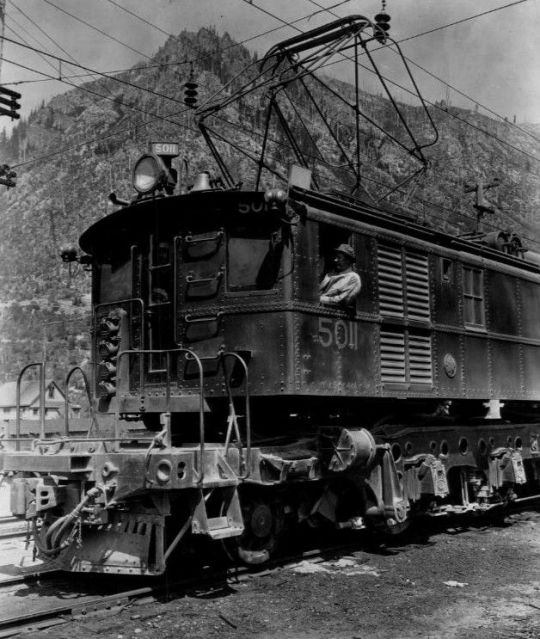
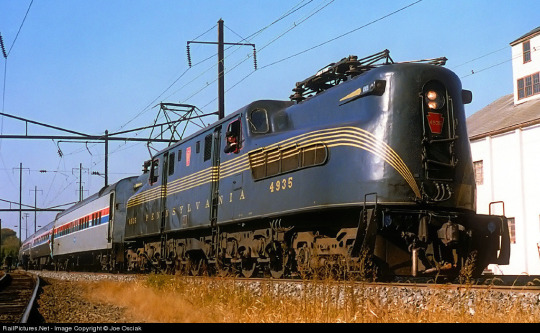
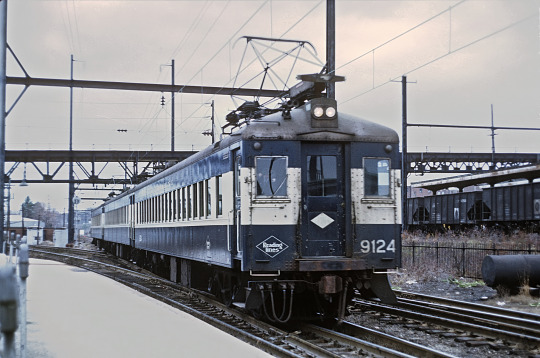

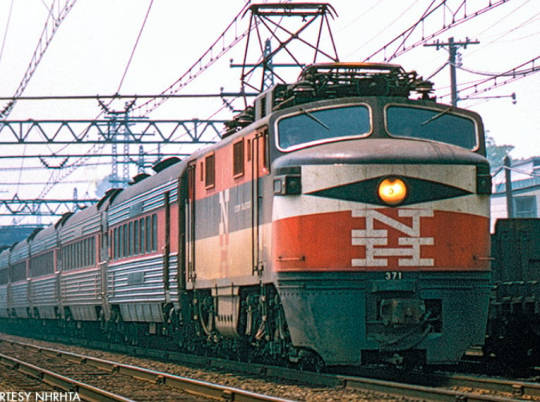
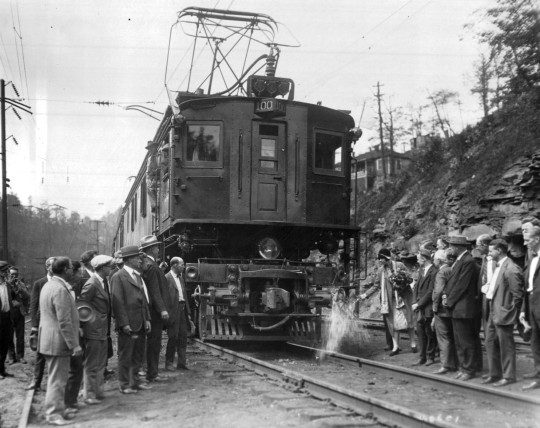
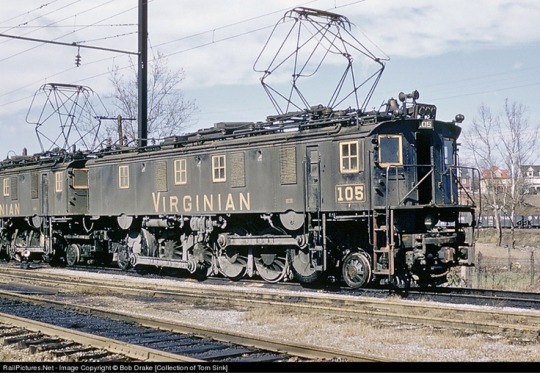
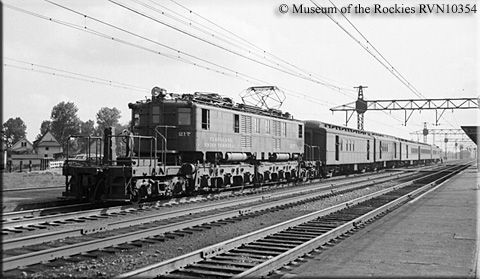
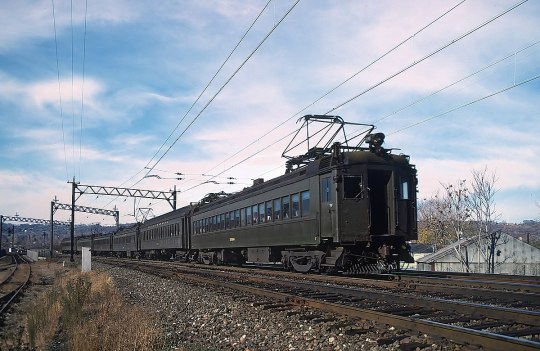
@amtrak-official
#trainposting#amtrak#electric traction#pennsylvania railroad#new york central#new york new haven and Hartford Railroad#new haven#penn Central#conrail#reading railroad#reading and Northern#Virginian Railroad#electrification#electrified railroads#great northern#septa regional rail#philadelphia#northeast corridor#Delaware Lackawanna and Western#Erie Lackawanna#Cleveland Union Terminal
17 notes
·
View notes
Text
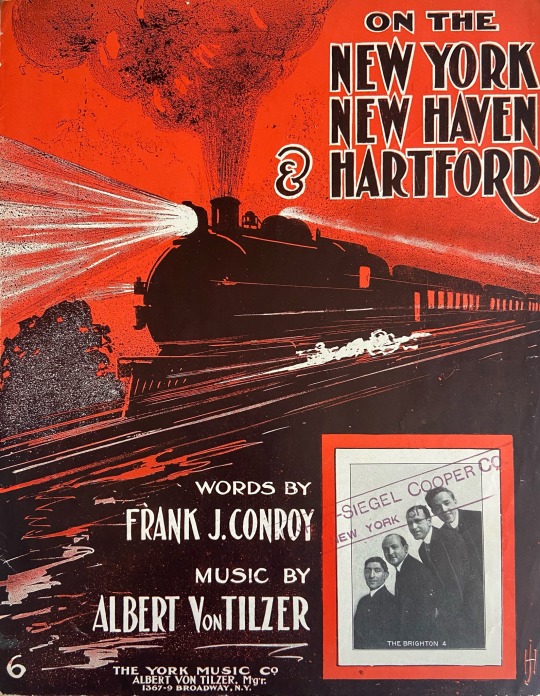
#new york new haven & hartford#nynh&h#history#railroad#1910s art#1910s#sheet music#steam locomotive#voca1ion
6 notes
·
View notes
Text

METRO-NORTH--231 at Lower Mine Road s of Brewster IB.
This train rated a New Haven-painted Genesis. 5 July 2011. © 2011 Peter Ehrlich
#commuter train#mncr#metro north commuter railroad#mta#metropolitan transportation authority#ctdot#connecticut department of transportation#nynh&h#new haven railroad#2011#new york city#trains#passenger train#history#brewster#new york
25 notes
·
View notes
Text

NH train, engine number 3208, engine type 2-10-2 Eastbound freight train; 64 cars, 30 MPH. Photographed: near New Haven, Conn., October 16, 1930.
60 notes
·
View notes
Text
Tracing Vestiges of the Old Colony Railroad on Cape Cod.
On our November visit to Cape Cod this year, Kris and I spent a day photographing beaches and tracing the route of the Old Colony Railroad line that once ran all the way to the pier at Provincetown, Massachusetts. The railroad was abandoned decades ago and most of the infrastructure was scrapped or recycled. However, in places it’s possible to see evidence of the old right-of-way, or at least…
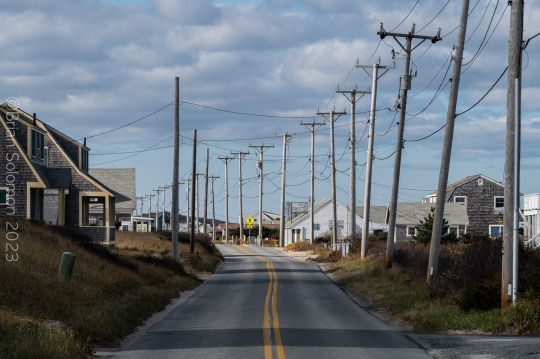
View On WordPress
2 notes
·
View notes
Text
Rapidly becoming fascinated with South American liveries, they resemble bold midcentury US liveries but get even more elaborate and unusual and often have an X or hourglass on the front. Mexico also seems to be this way, not sure if this visual style is just popular everywhere south of the US.
(also love how Chile used very US-styled but Italian-built engines from the 60s until very recently it’s like looking at another timeline because it’s kind of familiar but also not)





(Mexican example with the X motif)
#i’m almosr surprised lionel didn’t make an ep-5 recolor with a wacky chilean livery with how the weird boxcab was even more obscure#There were a lot of 30s-50s era electric engines with that kind of styling made here but many didn’t run long and very few were preserved#which is why seeing something so similar running from the 70s-on looks surreal#i have such a weird fondness for how even freight railroads down there seem to go full new haven on the paint jobs
1 note
·
View note
Video
Deadhead to Buzzards Bay by Vincent Colombo Via Flickr: Cape Cod Central's Train to Christmas Town crosses over Cohasset Narrows in Wareham with MC 2011 (ex-NH FL9M) trailing.
#Buzzards Bay#Massachusetts#United States of America#vertical#lift#bridge#cape#cod#canal#railroad#mass#coastal#new#haven#passenger#sunset#f#unit#friday#flickr
0 notes

